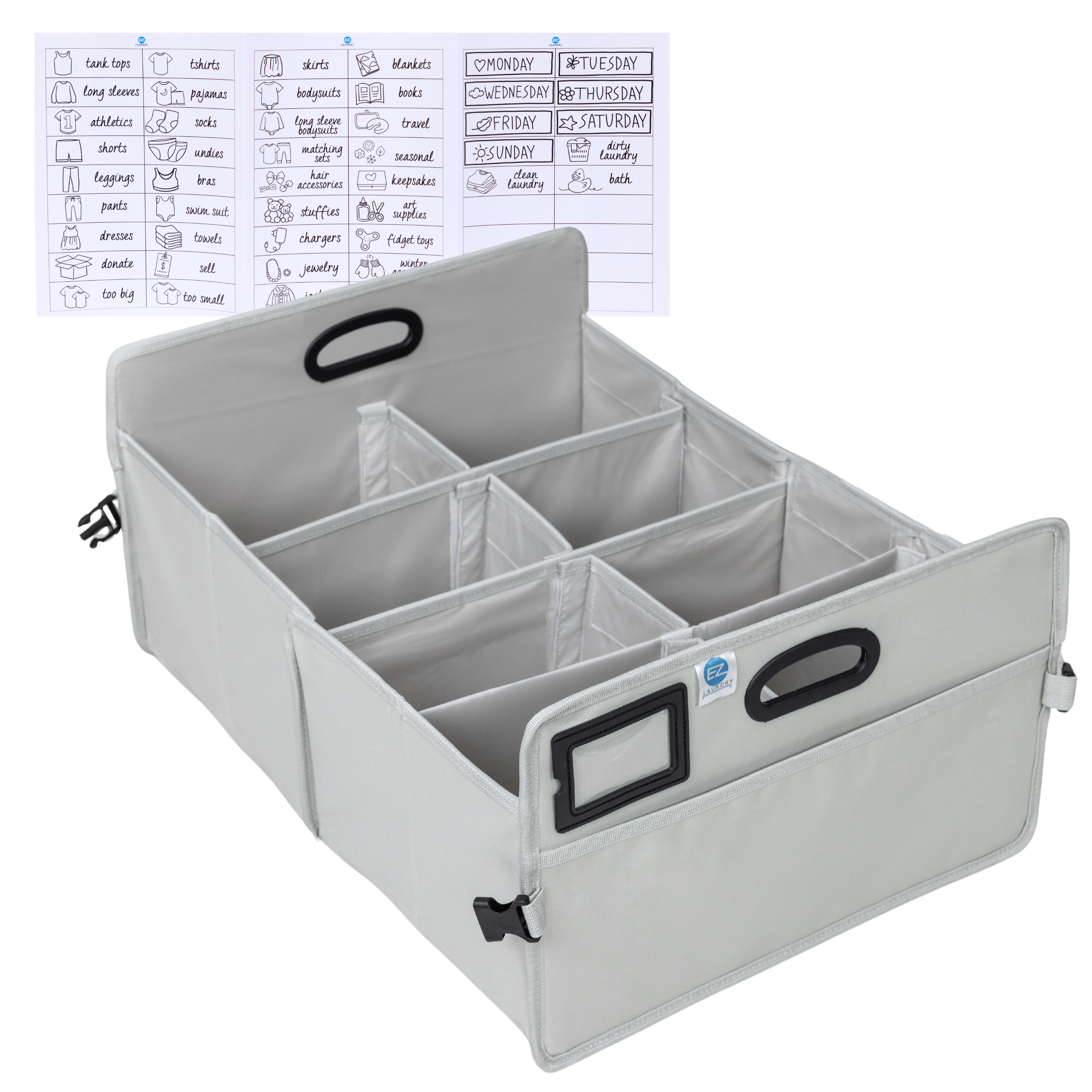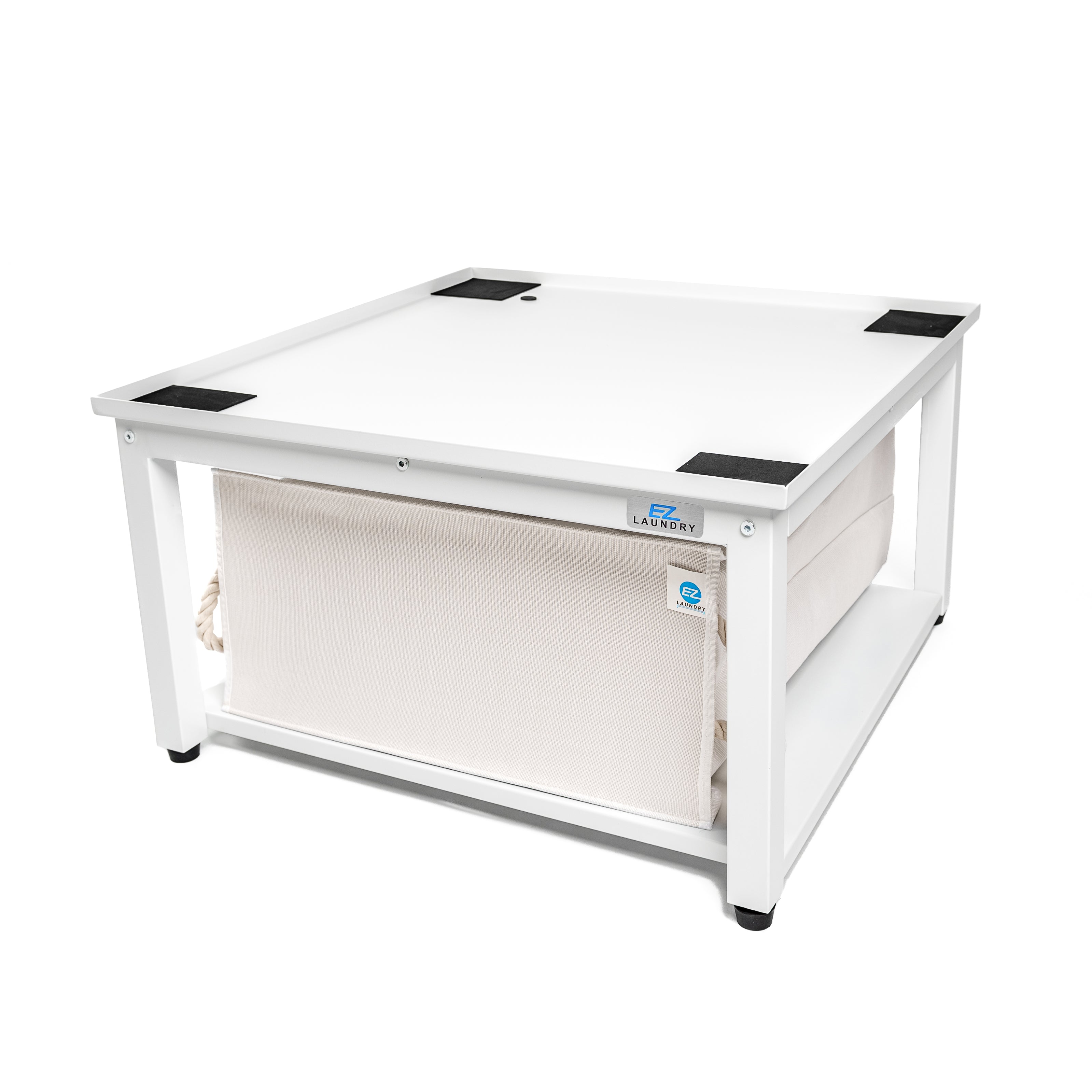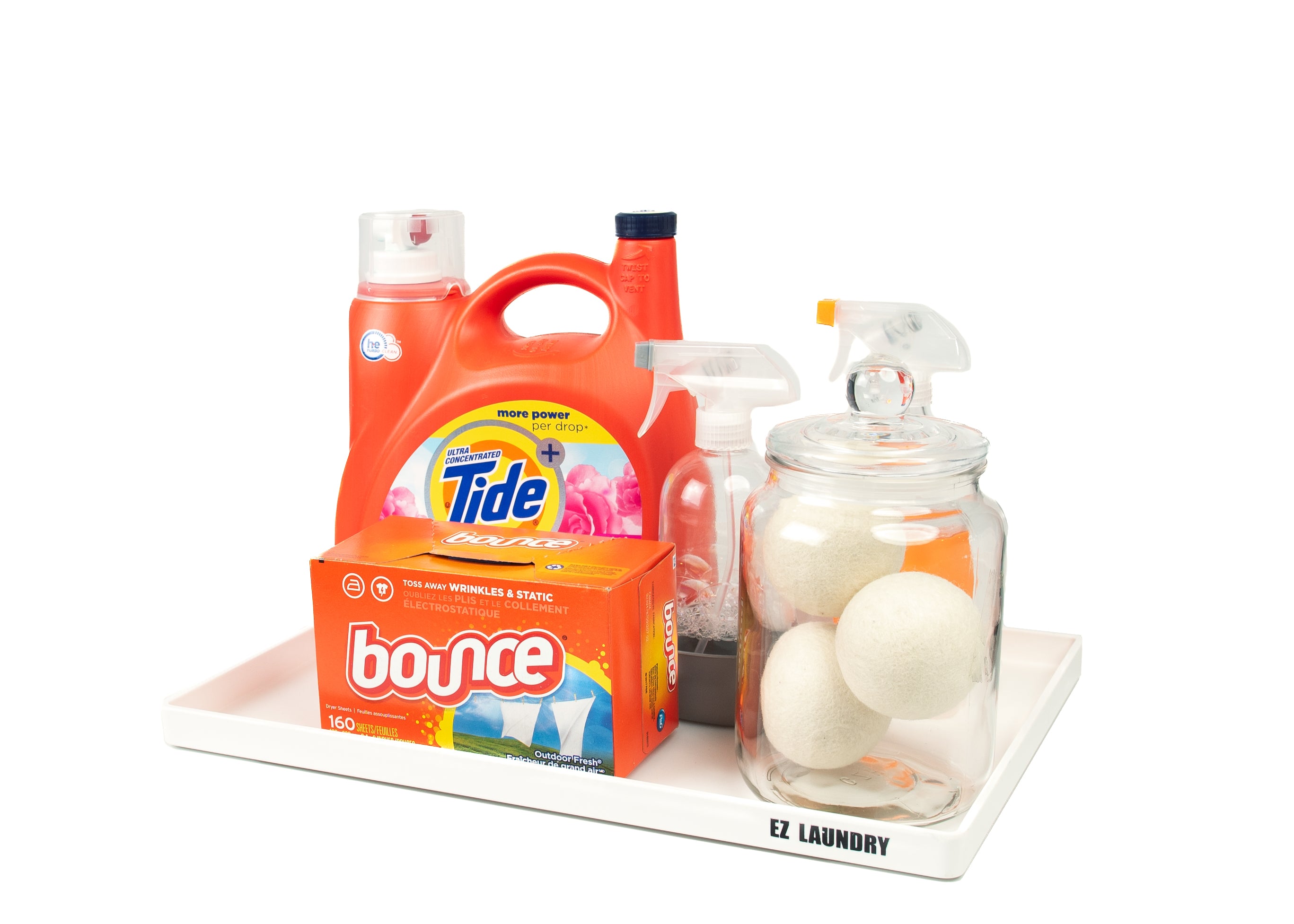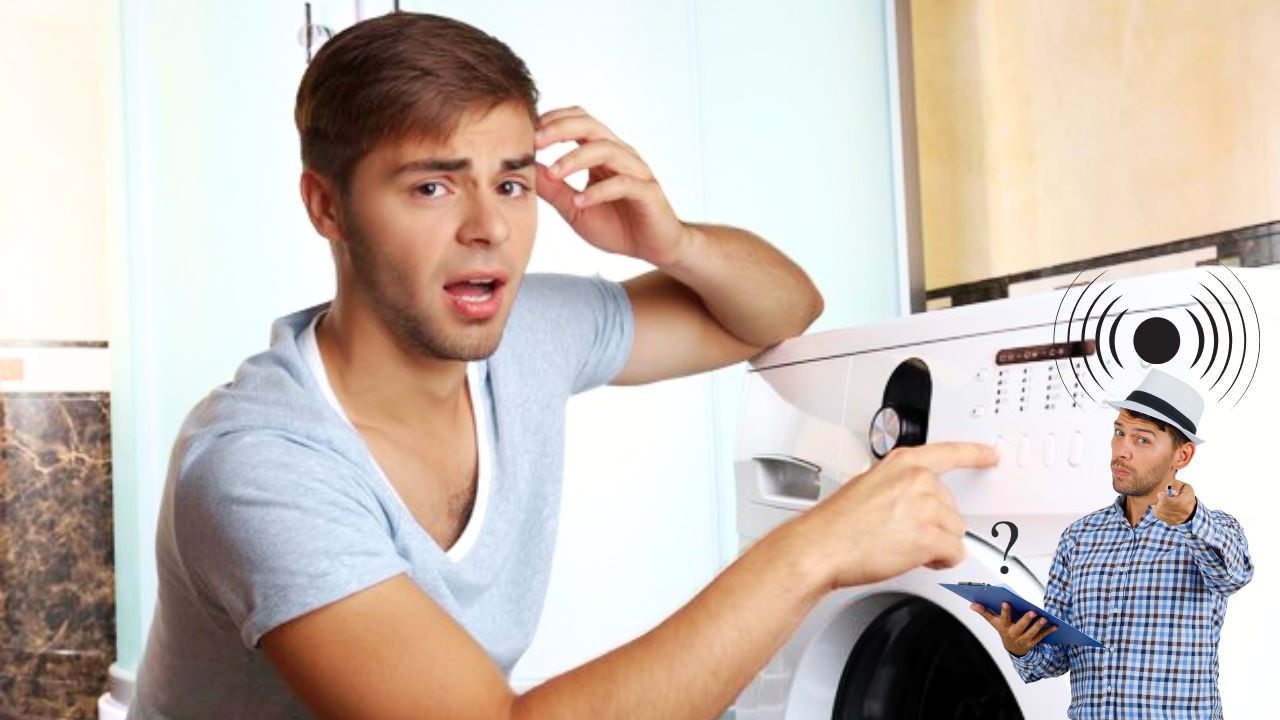|
Summary: A dryer making loud vibrating noise may be due to an unbalanced load, worn drum rollers, a loose blower wheel, or an unstable surface. Fix it by balancing loads, replacing worn parts, tightening components, and using a Universal Fit Laundry Pedestal stand to stabilize the dryer and reduce excessive vibrations. |
A clothes dryer is a must-have appliance in most households, making laundry tasks faster and more convenient. However, if your dryer making loud vibrating noise, it can be frustrating and concerning. A noisy dryer is more than just an annoyance—it could be a sign of underlying mechanical issues that need attention.
Ignoring the problem may lead to costly repairs or even total appliance failure. Fortunately, most dryer vibration problems have simple fixes that can help restore quiet operation. In this guide, we’ll cover the most common causes of dryer vibration, how to diagnose the problem, and practical solutions to fix it.

Additionally, if you find yourself constantly dealing with dryer issues or if your laundry room lacks proper organization, consider upgrading your space with a Universal Fit Laundry Pedestal stand. This practical addition provides a stable surface for your dryer while also offering extra storage space for laundry products, towels, and more. By improving organization, you can keep your laundry room tidy and ensure your washer and dryer are securely positioned for optimal performance.
Dryer Making Loud Vibrating Noise: Common Causes of a Loud Vibrating Dryer
Several factors can contribute to a noisy, vibrating dryer. Below are the most common culprits:
-
Unlevel dryer or flooring – If the dryer is placed on an uneven surface, it can vibrate excessively.
-
Loose or worn-out drum support rollers – These rollers help the drum rotate smoothly but can wear down over time.
-
Damaged or misaligned blower wheel – The blower wheel moves air through the dryer, and if it’s loose, it can create vibrations.
-
Worn-out motor or drive belt – A faulty motor or a stretched belt can cause the dryer to shake.
-
Overloaded or underloaded drum – Uneven loads can make the dryer unbalanced.
Identifying the exact cause of the vibration is key to finding the right fix. Let’s go through each issue in detail.
1. Unlevel Dryer or Flooring
Why It Happens
One of the most common reasons for a vibrating dryer is improper leveling. If the appliance is placed on an uneven floor or its legs are not adjusted correctly, it can cause excessive movement and dryer making loud vibrating noise during operation.
How to Fix It
-
Check the floor – Place a leveling tool on top of the dryer to determine if it is sitting evenly.
-
Adjust the dryer legs – Most dryers come with adjustable feet that you can raise or lower to ensure proper balance.
-
Use an anti-vibration mat – A rubber mat under the dryer can help absorb vibrations and reduce noise.
-
Secure the dryer – If your dryer is placed on a pedestal or platform, ensure it is tightly secured.
💡 Tip: A Universal Fit Laundry Pedestal stand provides a stable, vibration-free surface while also adding extra storage space.
2. Loose or Worn-Out Drum Support Rollers
Why It Happens
Drum support rollers help the dryer drum rotate smoothly. Over time, they can become worn out or misaligned, leading to loud vibrations and even a thumping sound during operation.
How to Fix It
-
Unplug the dryer and remove the rear or side panel.
-
Locate the drum support rollers, usually found at the back of the drum.
-
Check for wear and tear – If the rollers appear cracked, stiff, or misshapen, they need replacement.
-
Replace the worn-out rollers – Installing new rollers ensures smoother drum rotation and reduces vibration.
💡 Tip: If one roller is worn out, it's best to replace all of them at the same time to prevent future issues.
3. Damaged or Misaligned Blower Wheel
Why It Happens
The blower wheel is responsible for pushing air through the dryer. If it becomes loose, clogged with lint, or damaged, it can cause rattling, shaking, and vibrating.

How to Fix It
-
Unplug the dryer and remove the access panel.
-
Locate the blower wheel, which is usually attached to the motor.
-
Check for obstructions – Remove any lint, debris, or loose objects stuck in the wheel.
-
Tighten or replace the wheel – If the blower wheel is loose or damaged, it should be secured or replaced.
💡 Tip: Regularly cleaning the blower wheel and vent system can prevent future vibration problems.
4. Worn-Out Motor or Drive Belt
Why It Happens
The motor and drive belt are essential for drum rotation. If the motor is faulty or the belt has become stretched or worn, it can lead to excessive vibration.

How to Fix It
-
Unplug the dryer and access the motor and drive belt.
-
Inspect the belt – If it appears cracked, stretched, or frayed, it needs replacement.
-
Check the motor – If you hear humming, buzzing, or grinding noises, the motor may be failing.
-
Replace the drive belt or motor if necessary.
💡 Tip: Replacing the drive belt every 5-7 years can help prevent excessive vibrations.
5. Overloaded or Underloaded Drum
Why It Happens
Loading the dryer incorrectly can throw off its balance. If the drum is overloaded with heavy fabrics, or if there are too few items inside, the dryer may shake excessively.
How to Fix It
-
Evenly distribute clothes inside the drum before starting the cycle.
-
Avoid overloading – Check the dryer’s weight capacity and avoid exceeding it.
-
Mix different fabric types – Combining heavy and light fabrics can help maintain balance.
-
Pause and redistribute – If you notice excessive vibration mid-cycle, pause the dryer and rearrange the clothes.
💡 Tip: Drying smaller loads more frequently helps prevent vibration and extends the dryer's lifespan.
Preventing Future Dryer Vibrations
To ensure your dryer runs smoothly with minimal noise, follow these preventative measures:
✔️ Always level your dryer when installing or moving it.
✔️ Avoid overloading or underloading to maintain balance.
✔️ Regularly inspect and replace worn-out parts, such as support rollers and drive belts.
✔️ Keep the blower wheel and vent system clean to ensure proper airflow.
✔️ Use an anti-vibration mat or pedestal stand for added stability.
By following these steps, you can extend the life of your dryer and prevent unnecessary vibrations.
Wrapping Up
A dryer making loud vibrating noise is a clear sign of an underlying issue. Whether it's due to an unlevel surface, worn-out components, or an imbalanced load, addressing the problem early can prevent costly repairs.
If you're looking to improve your dryer's stability while enhancing your laundry room’s organization, consider upgrading to a Universal Fit Laundry Pedestal stand. This sturdy, space-saving solution provides a secure platform for your dryer, reduces vibrations, and adds extra storage space for laundry essentials.
By taking these proactive steps, you can keep your dryer running smoothly, reduce noise, and enjoy a stress-free laundry experience!







